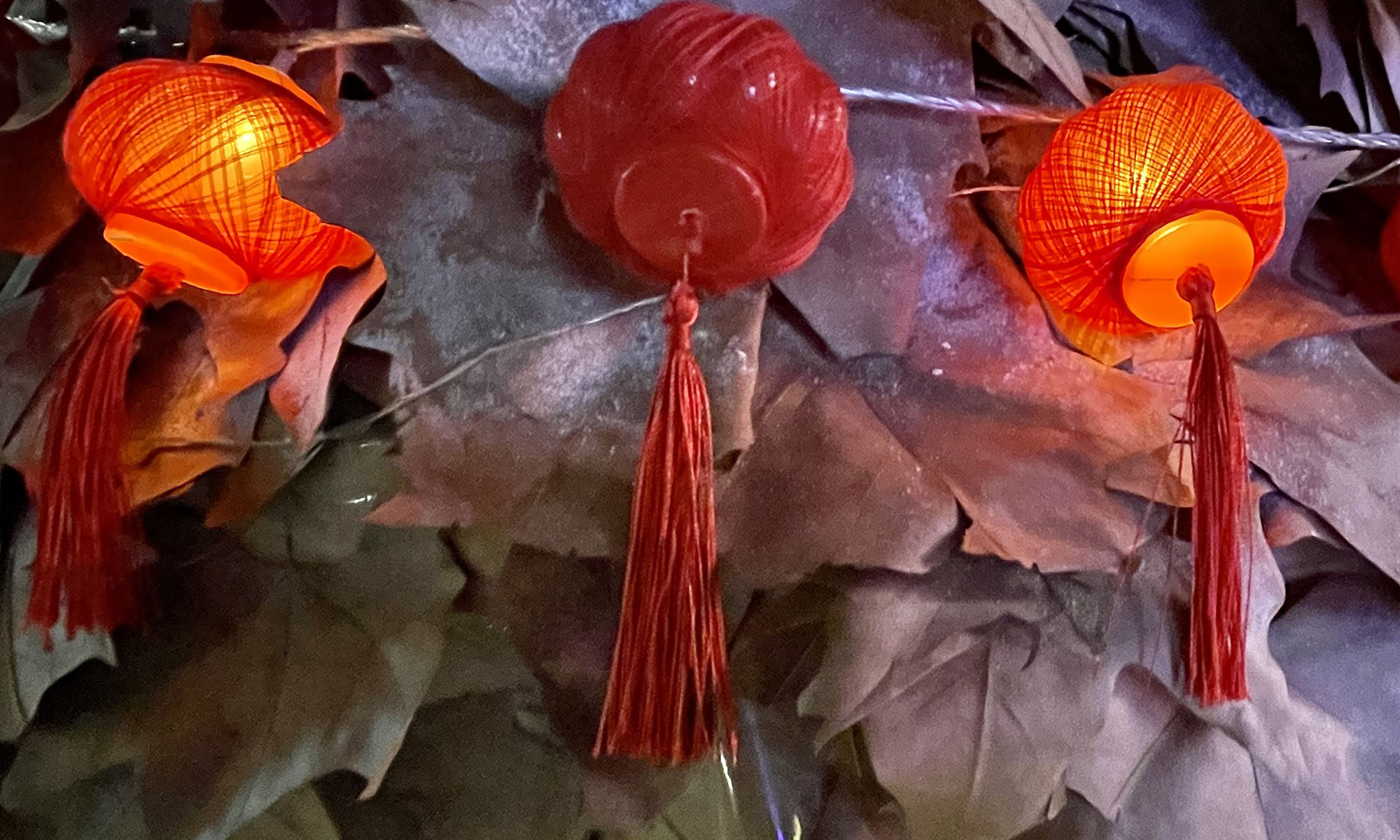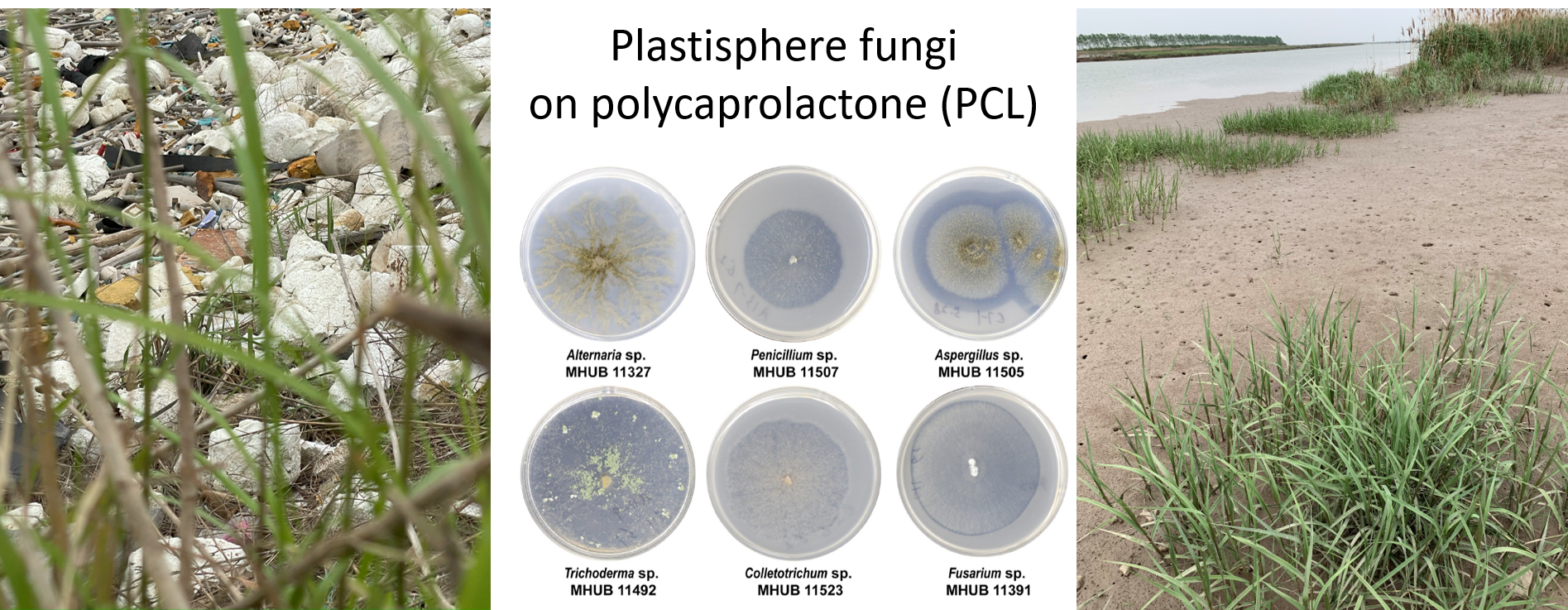The initiative launched on March 1, 2024
Updated: March 1, 2024, Strains identified: 0
We invite all professional and amateur mycologists or biodiversity experts to examine the DNA barcoding sequences and share their taxonomic hypothesis (diagnosis) per each strain, aiming for the highest level of taxonomic precision, ideally identifying the lowest taxonomic rank without compromising accuracy.
Additionally, you are encouraged to present a summary of your identification algorithm, including intermediate results such as phylograms, references considered, and outcomes of sequence similarity searches. A brief description of the criteria and logic will be highly appreciated.
Our optimistic expectation is that each participant/team will engage with the entire set of 45 strains. However, suppose you contribute your taxonomic assessment for a minimum of 15 strains. In that case, we will invite you and your team to co-author the resulting comprehensive report intended for submission to a taxonomy journal. All other contributors will be acknowledged.
Please submit your results to Irina S. Druzhinina AND Feng M. Cai (i.druzhinina@kew.org; caif8@mail.sysu.edu.cn) with “DNA Barcoding Exercise” in the Subject of your message. Provide your names and contact details.
A confirmation email will be sent for molecular identification results accompanied by a taxonomic diagnosis, ensuring participation in the cumulative analysis.
It is essential to note that, given the collaborative and community-oriented nature of this exercise, all taxonomic conclusions will be included in the analysis. We intentionally refrain from providing a methodological framework to foster diverse approaches and identification techniques, aiming to initiate a discussion within the community. However, we would greatly appreciate it if you mention taxonomic resources used for identification, such as Index Fungorum, MycoBank, NCBI Taxonomy, UNITE, Outline of Fungi, Fungal Names, or any other resources you deem relevant.
Thank you!
Disclaimer: personal data (names, email addresses, and affiliations are only required for the possibility to contact you regarding the DNA barcoding results and discuss your participation in the follow-up analysis). No personal data will be shared with any third party.
Sequences (sorted based on the putative affiliation to the genera) and DNA barcodes:
| Tentative genus | N | ITS | rpb2 | tef1 | alt | gapdh | cal | tub | act |
| Alternaria | 6 | + | + | + | + | + | |||
| Apiospora | 1 | + | + | + | |||||
| Aspergillus | 3 | + | + | + | |||||
| Cladosporium | 2 | + | + | + | |||||
| Colletotrichum | 1 | + | + | + | |||||
| Fusarium s. l. | 18 | + | + | + | |||||
| Parasarocladium | 1 | + | + | ||||||
| Penicillium | 2 | + | + | + | + | ||||
| Plectosphaerella | 2 | + | + | + | |||||
| Purpureocillium | 1 | + | + | + | |||||
| Striaticonidium | 1 | + | + | + | + | ||||
| Trichoderma | 5 | + | + | + | |||||
| Trichocladium | 1 | + | + | ||||||
| Thyridium | 1 | + | + |
Alternatively, you can access ALL SEQUENCES.
Text file with sequences of 45 strains in FASTA format :
MSWord file with sequences of 45 strains in FASTA format:

